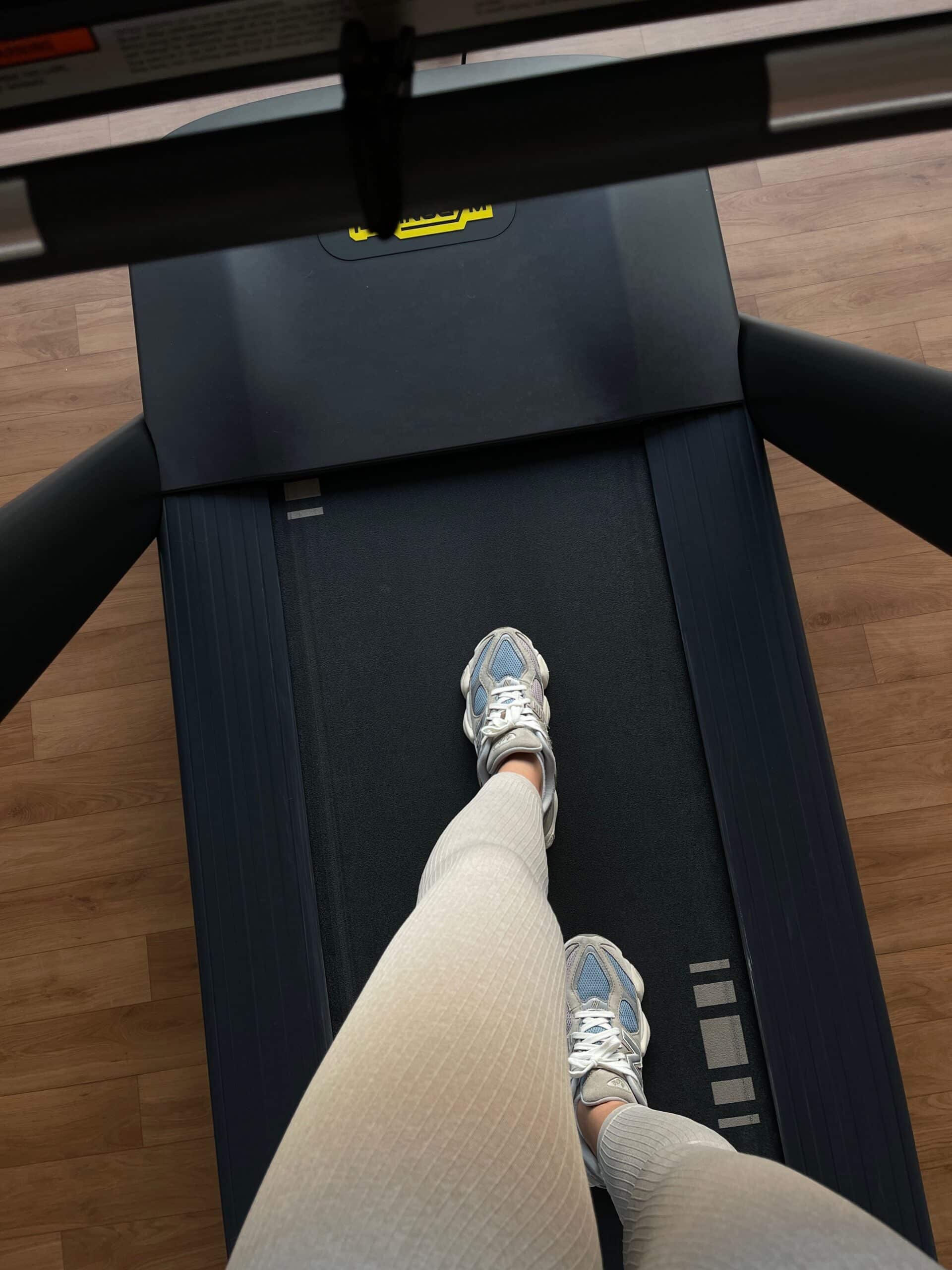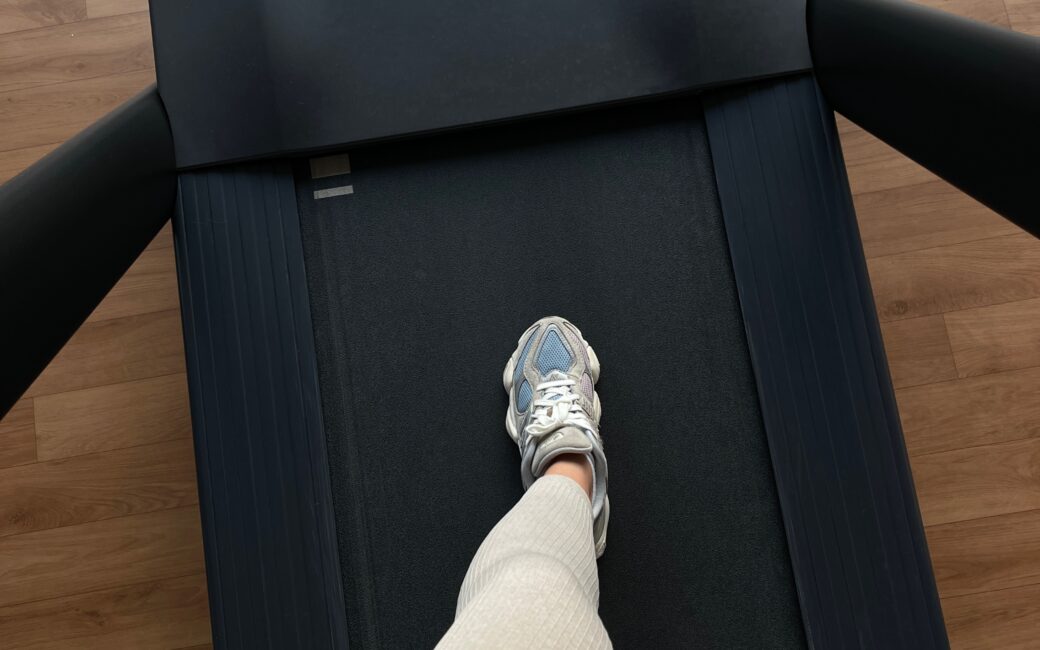Week 10
Zone 2 Cardio
Zone 2 cardio, also known as Low-intensity steady-state (LISS) cardio, or steady-state training (SST) is good for people of all ages and fitness levels. It’s a less intimidating type of exercise for those looking to get off the couch and get moving. Zone 2 refers to exercising at a moderate intensity level, typically around 60-70% of your maximum heart rate and sustaining that intensity for a time. Here are some benefits associated with Zone 2 cardio training:

- **Aerobic Capacity Improvement:**
Zone 2 cardio primarily targets the aerobic energy system, enhancing your body’s ability to use oxygen efficiently during exercise. This can lead to improved endurance and stamina over time.
- **Fat Burning:**
Exercising in Zone 2 promotes fat utilization as a primary energy source. This is beneficial for those looking to manage body weight or improve body composition.
- **Sustainable and Low-Impact:**
Zone 2 training is typically low-intensity and sustainable for longer durations. It’s gentler on the joints, making it suitable for individuals who may have joint concerns or are recovering from more intense workouts.
- **Recovery and Active Recovery:**
Zone 2 workouts can serve as active recovery sessions between more intense training days. They promote blood flow, aiding in the recovery process without causing additional stress on the body.
- **Cardiovascular Health:**
Regular Zone 2 cardio can contribute to improved cardiovascular health by enhancing heart function, reducing resting heart rate, and promoting better blood circulation.
- **Enhanced Mental Focus:**
Low-intensity exercise has been linked to improved cognitive function and mental clarity. Zone 2 cardio can be a great way to clear your mind and reduce stress.
- **Long-term Health Benefits:**
Consistent Zone 2 training is associated with long-term health benefits, including a reduced risk of chronic diseases such as cardiovascular disease, diabetes, and obesity.
- **Building a Strong Base:**
Zone 2 training is often used as a foundation for more intense workouts. It helps build a strong aerobic base, which is essential for progressing to higher-intensity training without risking injury or burnout.
- **Adherence and Consistency:**
The lower intensity of Zone 2 cardio can make it more enjoyable and sustainable for many individuals. This can lead to better adherence to a workout routine and increased consistency in training.
It’s important to note that individual fitness levels and goals vary, so it’s advisable to consult with a fitness professional or healthcare provider to determine the most appropriate training zones and intensities for your specific needs.
What To Do Today:
Incorporating strength training into your fitness routine doesn't have to be complicated or time-consuming. Simple bodyweight exercises, resistance band workouts, or weightlifting sessions can all yield significant benefits when performed regularly, even if performed for short durations- but consistency is king!
Before starting any new exercise program, it's important to consult with your healthcare provider to ensure that it's safe and appropriate for your individual health status and medical history. They can provide personalized guidance and recommendations based on your specific needs and goals.
If you have any questions or would like further information on incorporating strength training into your routine, please don't hesitate to reach out. Your health and wellness are our top priorities, and we are here to support you every step of the way.





